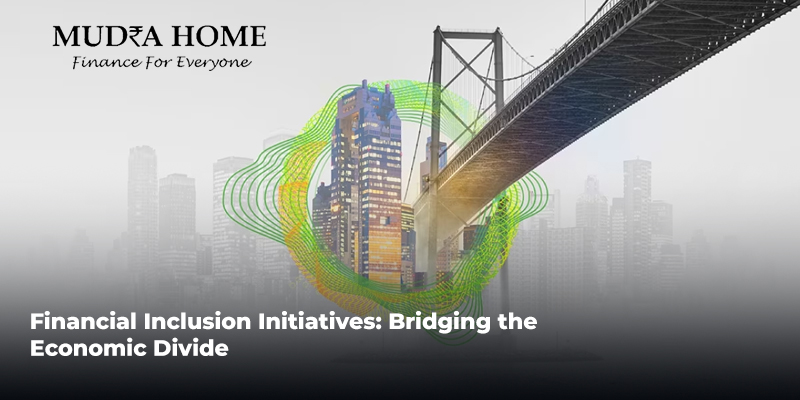
In a world where economic disparities continue to widen, the concept of financial inclusion has emerged as a beacon of hope, promising a more equitable future for all. Financial inclusion refers to the process of ensuring access to useful and affordable financial products and services that meet the needs of individuals and businesses – particularly the underserved and marginalized. From bank accounts and loans to insurance and investment opportunities, financial inclusion is about creating a level playing field for everyone in the economic arena.
The importance of financial inclusion cannot be overstated. It empowers individuals, supports entrepreneurship, and drives economic growth. However, despite significant progress, a large segment of the global population remains financially excluded. According to the World Bank, about 1.7 billion adults worldwide are still unbanked, missing out on the security, convenience, and economic benefits that financial services provide.
Financial inclusion efforts face numerous challenges, especially in developing economies. Limited access to banking facilities, lack of identification documents, low financial literacy, and poverty are key barriers. Moreover, traditional banking models often fail to cater to the unique needs of marginalized communities.
Despite these challenges, there have been remarkable strides in bringing financial services to the underserved. Mobile banking initiatives in African and Asian countries have revolutionized access to financial services. For instance, services like M-Pesa in Kenya demonstrate how mobile money platforms can transform the financial landscape for millions.
Central to the success of financial inclusion are innovative approaches that bypass traditional barriers. Microfinance institutions have played a pivotal role in this regard, offering small loans to those without access to conventional banking. These loans have not only enabled individuals to start and grow businesses but also improved living standards.
Governments across the globe are also stepping up their efforts. Policies aimed at improving financial literacy, incentivizing banks to reach rural areas, and supporting fintech startups are becoming increasingly common.
Technological innovations are at the forefront of these initiatives. Digital wallets and payment platforms are making transactions easier and more accessible. Blockchain technology is being explored for its potential to enhance security and transparency in financial transactions, which is crucial for building trust among the financially excluded.
A standout example is India’s Jan Dhan Yojana, a government initiative launched in 2014 to ensure universal access to banking services. The program has opened millions of bank accounts, providing a gateway to financial services for the previously unbanked population.
Looking to the future, the trajectory of financial inclusion appears promising. The continued fusion of technology and finance, coupled with proactive government policies, is likely to bring more innovative solutions to the forefront. Fintech startups are particularly vital in this landscape, continuously pushing the boundaries of what’s possible in reaching the unbanked and underbanked.
The journey towards universal financial inclusion is ongoing and crucial. It’s a collective effort that requires the collaboration of governments, financial institutions, technology companies, and communities. By fostering an inclusive financial environment, we can make significant strides in reducing poverty and accelerating economic growth. As we move forward, let’s embrace these initiatives and work towards a financially inclusive world where no one is left behind.